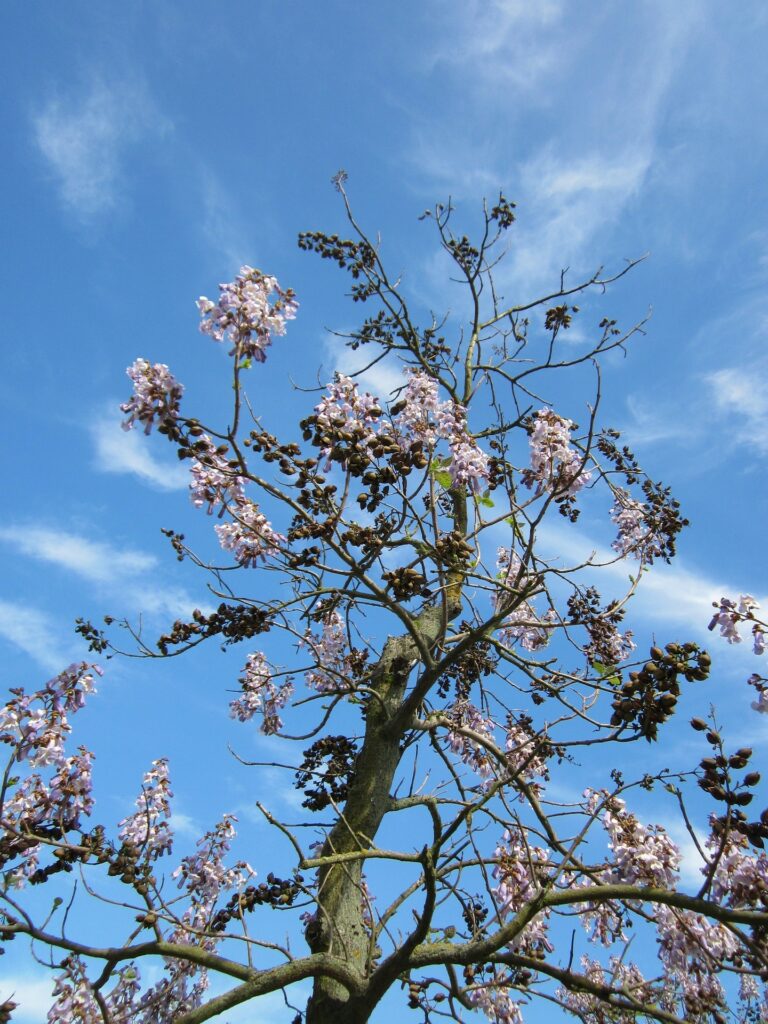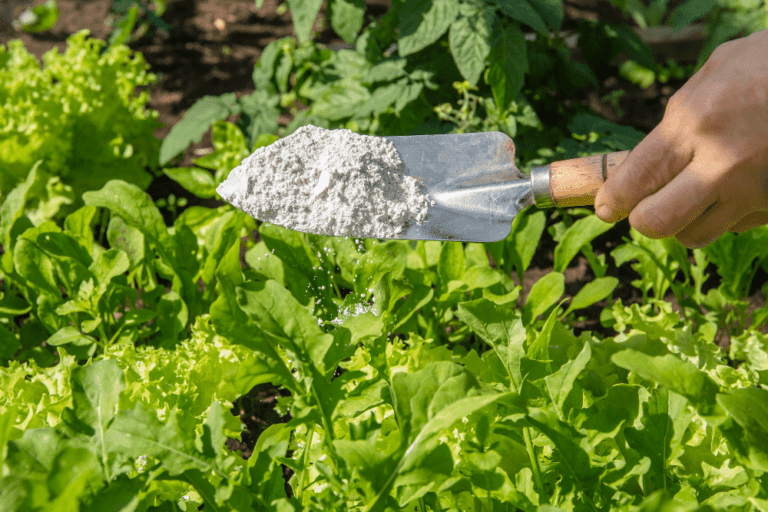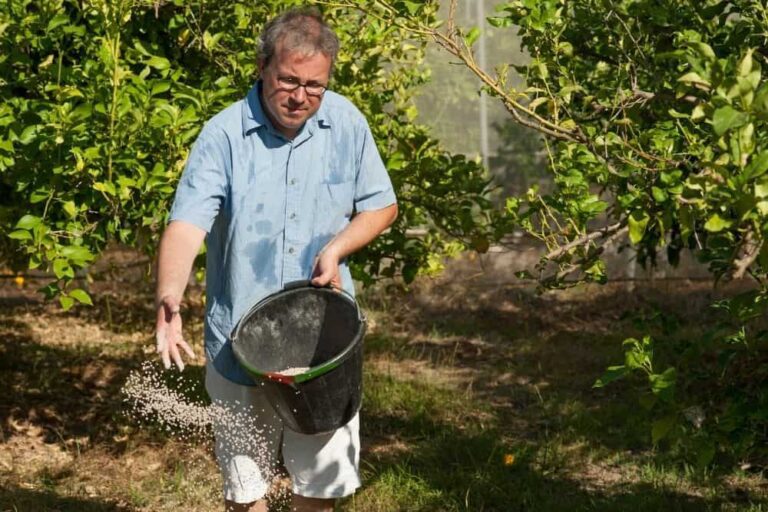Paulownia: Quickly learn about this Beautiful, Fast-Growing and Versatile Tree Species
If you’re looking for a fast-growing, versatile tree that can be used for a variety of purposes, you might want to consider paulownia. This hardwood tree, also known as the princess tree, royal paulownia, or empress tree, is native to Eastern Asia and is now grown in many parts of the world. It has a number of uses, from making paper and musical instruments to providing light wood and timber for construction and furniture.

One of the most interesting things about paulownia is its history. The genus was named in honor of Anna Paulowna, queen consort of the Netherlands, who was the daughter of Tsar Paul I of Russia. The tree was first introduced to Europe in the early 19th century, and it quickly became popular for its fast growth and attractive flowers. Today, paulownia is grown in many parts of the world, including the eastern United States, where it is sometimes considered an invasive species. Despite this, many people continue to appreciate the tree for its beauty and versatility.
If you’re interested in using paulownia wood for construction, you might be interested to know that it has a number of advantages over other types of wood. For one thing, it is naturally rot-resistant, which means that it can be used for outdoor applications without the need for chemical treatments. It also has a high R-value, which makes it a good choice for insulation. Additionally, paulownia wood is lightweight and easy to work with, which makes it a favorite of furniture makers and wood carvers.
Table of Contents
Distribution and Habitat
Paulownia is a genus of fast-growing trees that are native to eastern Asia, specifically China and Russia. These trees are also planted in other parts of the world, including North America, Europe, and Australia, for their timber, ornamental value, and potential use in phytoremediation.
Native Range
Paulownia trees and plants are found in a variety of habitats in their native range, including forests, grasslands, and riverbanks. They are able to grow in a wide range of soil types and can tolerate a variety of environmental conditions, including drought and poor soil fertility.
In China, Paulownia is widely cultivated for its timber, which is used in furniture, construction, and musical instruments. The wood is also used in traditional Chinese medicine and has been found to have antimicrobial and anti-inflammatory properties.
Invasive Species
Paulownia has been introduced to other parts of the world as an ornamental tree and for its potential use in phytoremediation. However, some species of Paulownia, such as Paulownia tomentosa, have become invasive in certain areas, including parts of North America and Europe.
Invasive Paulownia trees can outcompete native species and disrupt ecosystems. They can also cause economic damage by reducing the productivity of agricultural land and clogging waterways.
If you are considering planting Paulownia trees, it is important to research the species and its potential impact on the local environment. In some areas, it may be illegal to plant certain species of Paulownia due to their invasive nature.
Overall, Paulownia trees have a wide distribution and can grow in a variety of habitats. While they have many potential uses, it is important to consider the potential impact of introducing non-native species into the environment.
Physical Characteristics
Paulownia is a deciduous tree that can grow up to 30-65 feet (10-20 meters) tall with a trunk diameter of 2-4 feet (.6-1.2 meters). The tree has a deep root system, with upper roots that are thin, sharp, and grow very dense. The development and spread of the root system are influenced significantly by the groundwater level, the physical characteristics of the soil, and the available nutrients.
Height
Paulownia trees can grow up to 30-65 feet (10-20 meters) tall with a trunk diameter of 2-4 feet (.6-1.2 meters). The tree has a straight trunk with a broad, spreading crown.
Leaves
The leaves of the paulownia tree are large, heart-shaped, and fuzzy. They can grow up to 12 inches (30 cm) long and 10 inches (25 cm) wide. The leaves are arranged in an opposite pattern on the stem.
Flower Buds
Paulownia trees produce large, showy, fragrant flowers in the early spring. The flower buds are deep purple and can grow up to 2 inches (5 cm) long. The flowers are arranged in large, upright clusters.
Seed Capsules
After the flowers fall, paulownia trees produce large, winged seed pods or capsules that can grow up to 2-3 inches (5-8 cm) long. The seed capsules are brown and can remain on the tree throughout the winter. The capsules split open in the spring, releasing thousands of small, winged seeds.
Paulownia wood is very very light weight, fine-grained, and warp-resistant. It is the fastest-growing hardwood and has a low pH, which makes it resistant to rot. The wood is used for chests, boxes, and clogs (geta). It is also burned
Growing and Care
Paulownia is a fast-growing tree that can quickly reach heights of up to 15 meters. If you’re looking to grow paulownia, it’s important to understand its soil and water requirements, how it deals with air pollution and insects, and its usefulness as a shade tree.
Soil and Water Requirements
Paulownia grows best in well-drained soil. It can tolerate a wide range of soil types, but it prefers loamy soils that are rich in organic matter. When planting the tree, make sure to dig a hole that is at least twice as wide as the root ball. This will allow the roots to spread out and establish themselves more quickly.
Water is also crucial for the growth of paulownia. The tree needs to be watered regularly, especially during the first few years after planting. Be sure to keep the soil moist but not waterlogged, as too much water in deep roots can lead to root rot.
Air Pollution and Insects
Paulownia is known for its ability to absorb large amounts of carbon dioxide from the air, making it a useful tree for combating air pollution. However, it is also susceptible to insect infestations, particularly from the paulownia elonga beetle. To prevent infestations, it’s important to keep the tree healthy and well-watered, and to prune it regularly to promote good air circulation.
Fast Growing
One of the most attractive features of wood species of paulownia is its fast growth rate. The tree can grow up to 20 feet in just one year, making it an ideal choice for those looking to establish a quick shade tree or windbreak. However, its rapid growth can also make it difficult to manage, so be sure to prune it regularly to keep it under control.
Shade Tree
Paulownia is a great choice for a shade tree, as its large leaves provide plenty of shade during the sun during the hot summer months. It is also a good choice for those looking to establish a windbreak, as its dense foliage can help protect against strong winds.
Overall, growing and caring for paulownia is relatively easy, as long as you provide it with the right conditions. With regular watering, good soil, and proper pruning, you can enjoy the benefits of this fast-growing and attractive tree.
Uses
Paulownia wood is a versatile material that has a wide range of uses. Here are some of the most common applications for paulownia wood:
Paulownia Wood
Paulownia wood is a lightweight, straight-grained wood that is easy to work with. It is often used in applications where a lightweight, yet strong wood is needed. Paulownia wood is also known for its decay resistance, which makes it a popular choice for outdoor projects.
Veneer and Furniture
Paulownia wood is often used to make veneer and furniture. The wood’s fine grain and light color make it an attractive choice for furniture makers. Additionally, paulownia wood is easy to work with, which makes it a popular choice for furniture makers who want to create intricate designs.
Musical Instruments
Paulownia wood is also used to make musical instruments. In Japan, the wood is traditionally used to make koto, a stringed musical instrument. Paulownia wood is also used to make electric guitar bodies because of its lightweight and resonance properties.
Clogs and Boxes
Paulownia wood is commonly used to make clogs and boxes. The wood’s lightweight and durability make it an ideal choice for these items. Additionally, the paulownia species of wood is easy to carve, which makes it a popular choice for artisans.
Ornamental
Paulownia wood is often used for ornamental purposes. The wood’s light color and fine grain make it an attractive choice for decorative items such as picture frames, bowls, and spoons. Additionally, paulownia wood is often used to make hand-carved items such as figurines and other small specialty items.
Overall, paulownia wood is a versatile material that has many uses. Its lightweight, easy-to-work-with nature makes it a popular choice for a wide range of applications.
Conclusion
In conclusion, Paulownia is a fast-growing deciduous tree native to China that provides several environmental and economic benefits. The wood of Paulownia trees is lightweight, strong, and resistant to rot and insects, making it ideal for use in construction, furniture, and musical instruments.
If you are considering planting Paulownia trees, it is important to note that they can grow up to 3 feet in height each year and quickly mature into a 30- to 40-foot-tall shade tree with a canopy width of 30 to 40 feet. This means that they can provide ample shade and beauty to your property in a relatively short amount of time.
Additionally, Paulownia is sustainable, and there are many plantations of this wood. It grows fast, and thus, its use is sustainable. It is also perfect for many specific applications.
However, it is important to note that there are some potential drawbacks to planting Paulownia trees. They can be invasive in some areas and may require regular pruning to prevent them from spreading too quickly. Additionally, the wood of Paulownia trees can be brittle and prone to cracking, which may make it unsuitable for some applications.
Overall, if you are looking for a fast-growing, sustainable tree that can provide shade and beauty to your property, Paulownia may be an excellent choice. If you are interested in learning more about tree varieties, check out this page to learn about many more options.



